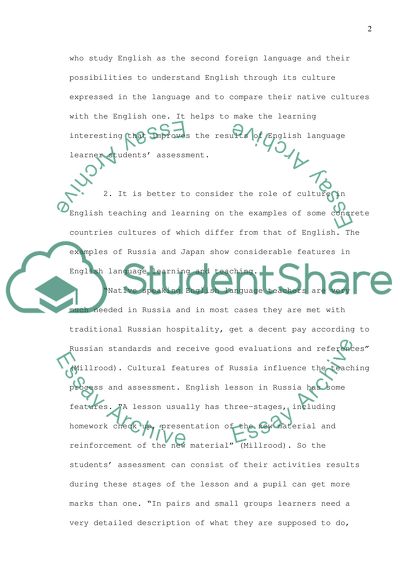Cite this document
(“Cultural bias in the assessment of english language learner students Essay”, n.d.)
Retrieved from https://studentshare.org/english/1520272-cultural-bias-in-the-assessment-of-english-language-learner-students
Retrieved from https://studentshare.org/english/1520272-cultural-bias-in-the-assessment-of-english-language-learner-students
(Cultural Bias in the Assessment of English Language Learner Students Essay)
https://studentshare.org/english/1520272-cultural-bias-in-the-assessment-of-english-language-learner-students.
https://studentshare.org/english/1520272-cultural-bias-in-the-assessment-of-english-language-learner-students.
“Cultural Bias in the Assessment of English Language Learner Students Essay”, n.d. https://studentshare.org/english/1520272-cultural-bias-in-the-assessment-of-english-language-learner-students.


